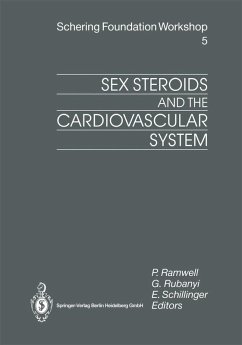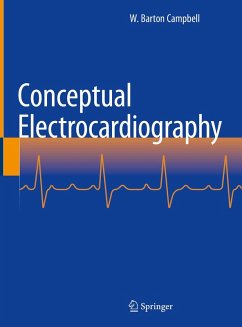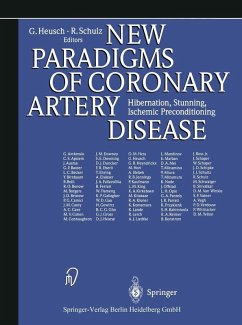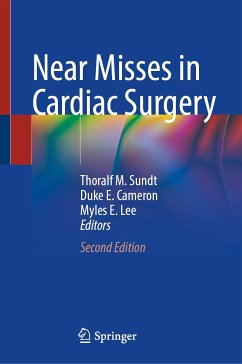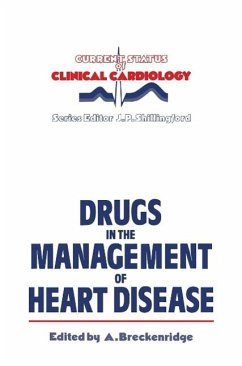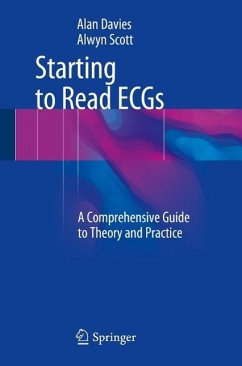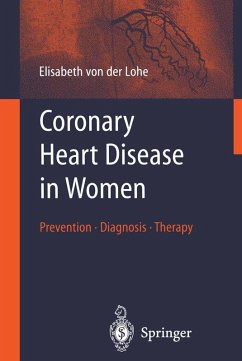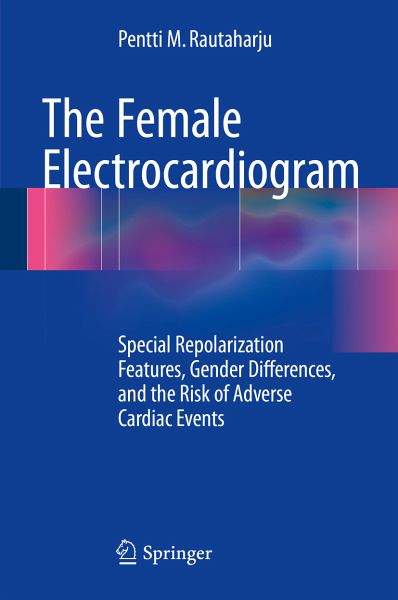
The Female Electrocardiogram (eBook, PDF)
Special Repolarization Features, Gender Differences, and the Risk of Adverse Cardiac Events
Versandkostenfrei!
Sofort per Download lieferbar
72,95 €
inkl. MwSt.
Weitere Ausgaben:

PAYBACK Punkte
36 °P sammeln!
Recent research cited above has documented that QRS/T angle and other novel repolarization measures of deviant repolarization are potent predictors of cardiac morbidity and mortality over and above the traditional risk factors such as old ECG-MI, ECG-LVH or QT prolongation. A novel ECG model of repolarization based on electrophysiological considerations developed by the author has been the cornerstone in this search for improved predictors. The concepts involved in these quantitative methods are advanced and clinicians may not readily understand their utility in patient care. Their value is pe...
Recent research cited above has documented that QRS/T angle and other novel repolarization measures of deviant repolarization are potent predictors of cardiac morbidity and mortality over and above the traditional risk factors such as old ECG-MI, ECG-LVH or QT prolongation. A novel ECG model of repolarization based on electrophysiological considerations developed by the author has been the cornerstone in this search for improved predictors. The concepts involved in these quantitative methods are advanced and clinicians may not readily understand their utility in patient care. Their value is perhaps more easily comprehended by investigators who are collaborating in preventive studies and evaluation of adverse effects of cardio-active agents. It is expected that this book will facilitate understanding how these new ECG finding can be used in both clinical and epidemiological application.¿
Dieser Download kann aus rechtlichen Gründen nur mit Rechnungsadresse in A, B, BG, CY, CZ, D, DK, EW, E, FIN, F, GR, HR, H, IRL, I, LT, L, LR, M, NL, PL, P, R, S, SLO, SK ausgeliefert werden.




